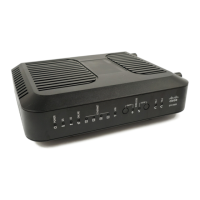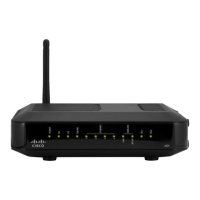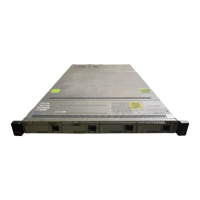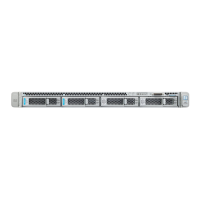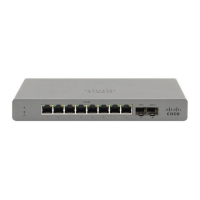Q. How does the residential gateway connect to my computer?
A. The residential gateway connects to the PC using a wireless connection or the
10/100/1000BASE-T Ethernet port on your PC. If you want to use an Ethernet
interface, Ethernet cards available from your local PC or office supply retailer, or
from your service provider. For best performance over an Ethernet connection, your
PC should be equipped with a Gigabit Ethernet card.
Q. After my residential gateway is connected, how do I access the Internet?
A. Your local service provider becomes your Internet Service Provider (ISP). They
offer a wide range of services including e-mail, chat, news, and information services.
Your service provider will provide the software you will need.
Q. Can I watch TV and surf the Internet at the same time?
A. Absolutely! If you subscribe to cable television service, you can watch TV and
use your residential gateway at the same time by connecting your TV and your
residential gateway to the cable network using an optional cable signal splitter.
Common Troubleshooting Issues
I don't understand the front panel status indicators
See Front Panel LED Status Indicator Functions (on page 99), for more detailed
information on front panel LED status indicator operation and function.
The residential gateway does not register an Ethernet connection
Verify that your computer has an Ethernet card and that the Ethernet driver
software is properly installed. If you purchase and install an Ethernet card,
follow the installation instructions very carefully.
Verify the status of the front panel status indicator lights.
The residential gateway does not register an Ethernet connection after connecting to a hub
If you are connecting multiple PCs to the residential gateway, you should first
connect the modem to the uplink port of the hub using the correct crossover cable.
The LINK LED of the hub will illuminate continuously.
The residential gateway does not register a cable connection
The modem works with a standard 75-ohm RF coaxial cable. If you are using a
different cable, your residential gateway will not function properly. Contact your
cable service provider to determine whether you are using the correct cable.
Your NIC card or USB interface may be malfunctioning. Refer to the
troubleshooting information in the NIC or USB documentation.
